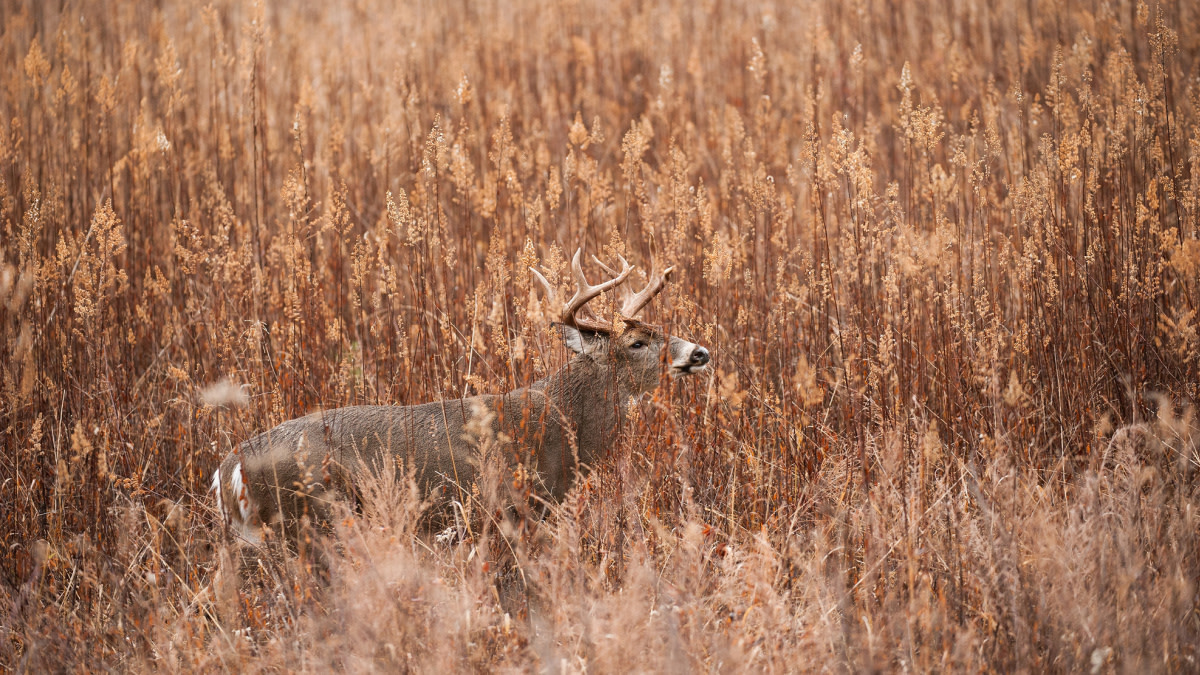
We have had a very mild fall so far in my area. In fact, I could have hunted in a t-shirt during the majority of the past couple weeks. However, December is almost here, and as many of us wrap up our bowhunting seasons into January we will have to face some tough late-season conditions. Here are four things that you can’t do if you are to remain an effective, accurate bowhunter and finish your season strong.
1. Don’t Forget the Fundamentals My days of dedicated practice sessions are long-gone. The summer nights that I spent flinging arrow after arrow seem like a distant memory. Sure, I have shot a few arrows here and there, but if I’m honest I would have to admit that my shooting effectiveness isn’t at 100% right now. It is vital that I don’t forget the fundamentals of a good shot, using my shot sequence is more important now than it ever has been.
It is dark when I leave for work and dark when I return home in the evening. Time to practice is hard to come by, so I have to get creative. Shooting just a couple of arrows a day will help keep me sharp, even if I am shooting them at point blank range in my garage.
How can you get creative and find a way to maintain your shooting form? Could you practice in your basement or garage? Make it a goal to shoot just a couple of arrows a day, and don’t focus on the results, just focus on executing a relaxed shot with proper form.
2. Don’t Allow Interference We all know what a challenge it can be to stay warm in a treestand when the mercury falls. And sometimes it seems nearly impossible to stay warm without looking like the Michelin Man. Staying warm will keep us in the stand, but what good is it to be out there if we aren’t going to be able to make an accurate shot when a shooting opportunity presents itself? We can’t just dress for warmth, we also have to dress for success.
Your gloves: Are they going to affect your release? Can you feel the bow’s grip and make sure you aren’t torqueing the riser?
Your facemask: Is it going to get in the way of your anchor? Will it disturb the string upon release?
Your jacket: Is it quiet? Can you draw with a free range of motion? Will it catch on your bow’s string?
Don’t make any assumptions. Test your shooting abilities with all of your cold weather gear on.
3. Don’t Have too Much Bow Shooting a bow with a heavy draw weight and short brace height may be fine for the range, or even for the early season when you have plenty of recent practice, but it is probably one of the worst things you can do in the late season.
Shooting a bow with a heavy draw weight is no easy feat when your body has been sitting still and your muscles have gone cold. Even if your muscles are warm, they are probably weaker now than when the season started, because you haven’t been practicing as much. I have been surprised by the struggle to draw a heavy bow in cold weather. I didn’t think it could happen to me but it did.
That said, with my new bow, the Elite Pure, I am still shooting 70 pounds. Being able to draw in the cold isn’t just about the draw weight, it is also about your bow’s draw cycle – how smooth it is, how long it stays at peak weight, and what type of holding weight you have it setup for.
4. Don’t Stay Still I have to stand up and move a little bit when hunting in cold weather. Sitting too long can obviously lead to tired, cold muscles, but I have also found that it can play tricks on my mind as well.
Alternating between standing and sitting will keep your blood flowing, your muscles loose, and your mind alert. I also try to draw my bow at least once an hour while on the stand, which is not only good for your body, but will also keep your bow from freezing up and making unwanted noise when drawn on an animal.
This movement must be performed with the utmost caution. The bare woods of the late season mean that we have less natural cover to hide our movements, so it is obviously important to scan your surroundings before moving. Movement is necessary for me, but I still like to keep it as limited as possible.
So there you have it, four tips that I have found to be important for bowhunting in the late season.
Feature image via Matt Hansen.





